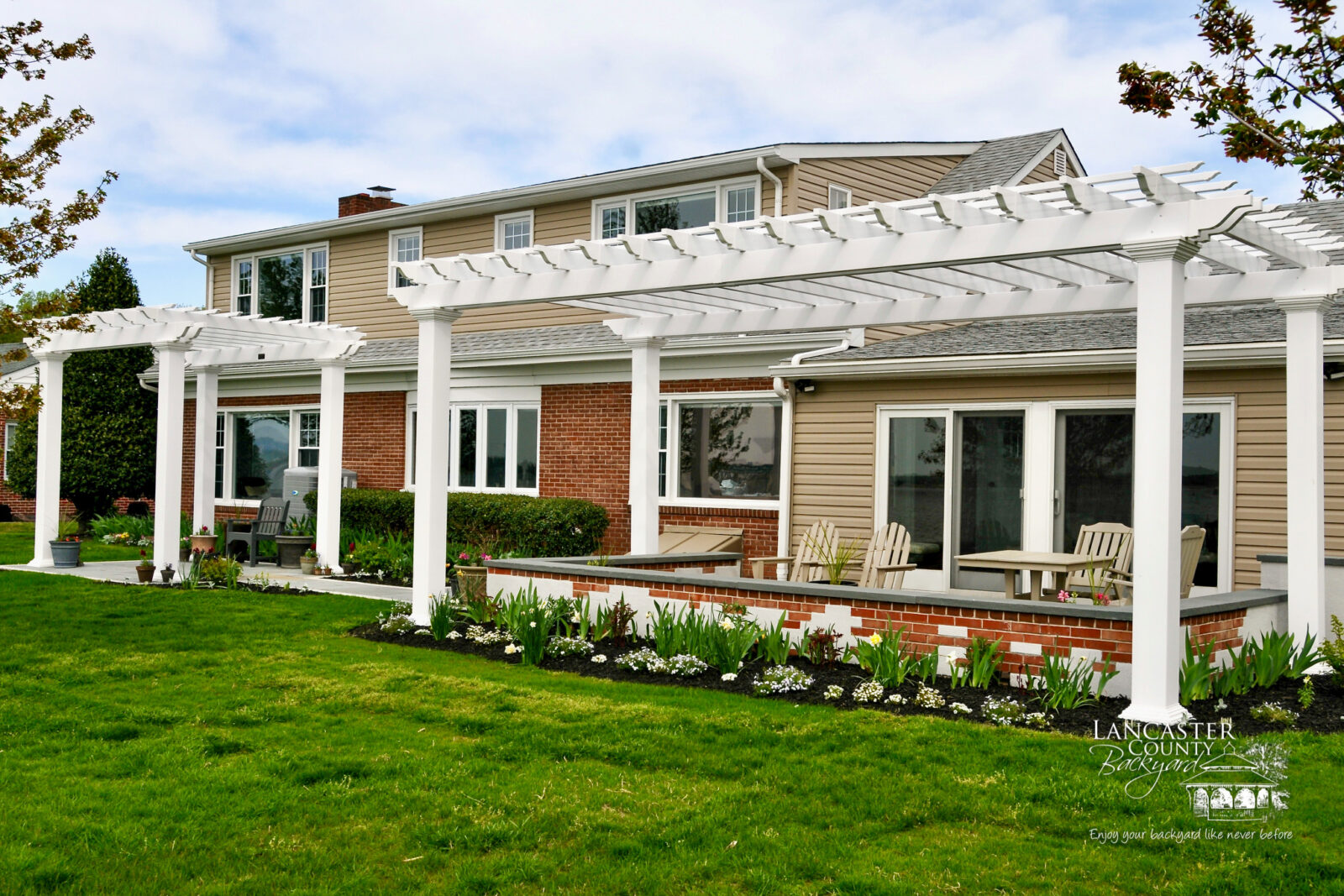What Is Curtain Wall? Its 2 Systems & Disadvantages

As "standard" as it enters this fairly new area, fully caught curtain wall surfaces are aluminum-based https://raymondelpo523.iamarrows.com/5-advantages-of-installing-an-outdoor-kitchen-holod-s-home-garden-and-rental systems. This is particularly valuable for structures found in noisy city settings. A louver is offered in a location where mechanical tools located inside the building needs ventilation or fresh air to run. They can also work as a method of permitting outdoors air to filter into the structure to make the most of beneficial weather conditions and decrease the use of energy-consuming a/c systems. Drape wall systems can be adjusted to approve most sorts of louver systems to maintain the very same building sightlines and style while offering desired capability.
- By the balanced allowance of the kinetic force upon the building's surface area, curtain wall building allows a structure to create higher resistance against wind, improving its security.The light weight aluminum curtain wall structure is normally resistant to corrosion, yet routine assessments can help catch any type of problems before they end up being pricey problems.A drape wall surface is a kind of developing cladding that is commonly used in high-rise buildings.These parts interact to produce a weather-resistant, energy-efficient facade that also improves the structure's aesthetic allure.Deflection in mullions is controlled by different shapes and midsts of curtain wall surface members.
Double Skin Drape Wall Surface Systems
U-Factor is used by the structure mechanical designer for code conformity, equipment sizing, and/or power efficiency modeling. In one standard anchorage method, double-angle mullion supports straddle both sides of the upright mullion and are safeguarded with a through-bolt and pipeline spacer. The pipeline spacer enables upright and side-to-side structure activity of mullions, even when safely tightening anchor screws. Seismic drift is shared as a proportion of flooring elevation (L/200), portion of flooring elevation (0.5 percent), or outright magnitude (19 mm [0.75 in.].
In most scenarios, the drape wall is able to naturally stand up to seismic and wind induced structure persuade as a result of the area provided in between the glazing infill and the mullion. In tests, basic curtain wall systems are generally able to endure as much as 3 inches (76 mm) of relative flooring motion without glass damage or water leakage. By prioritizing sustainability and efficient style in drape wall surface systems, building proprietors and designers can significantly minimize their carbon footprint and operating expense.The drape wall is a mainly aluminum-framed wall consisting of in-fills of steel panels, glass, or thin rock, and these walls do not carry the floor or roofing system lots of the framework. According to the USGBC, Click for more info LEED buildings make use of 25 percent much less energy on average than regular commercial buildings. Live tons motions result from all occupants, materials, equipment, building, or other weight elements supported in, on, or by architectural aspects likely to relocate. Stick-built drape walls are periodically described as stress walls because outside extruded aluminum plates are screw-applied to compress glass in between the interior and exterior bedding gaskets.
Correct maintenance is necessary for the durability and performance of a drape wall surface system. Routine assessments, cleansing, and repairing any damage or deterioration are required. The choice of drape wall surface materials, such as light weight aluminum frames and durable glazing, can also affect maintenance requirements. Curtain walls are likewise with the ability of stabilizing the inner temperature of a structure. This normally includes glazing or protecting the glass panels to reduce warm transfer.A drape wall system is an exterior treatment of a building in which the exterior walls are non-structural, made use of just to maintain the climate and maintain occupants in. Because the curtain wall is non-structural, it can be made of lightweight materials, which will reduce the price of building. While occasionally utilized as a low-cost choice to curtain wall surface systems for low-rise structures, efficiency needs for store fronts are much less strict. Typical performance for store fronts is much less than 0.3 L/s. m2 (0.06 cfm/ft2) at 300 ( 6.24 psf) for air seepage and 480-- 575 Pa (10-- 12 psf) for fixed water resistance test pressure. The assembly and glazing of drape wall surface panels in a factory-controlled setting can create premium top quality and efficiency attributes for the drape wall surface system. Normal air seepage performance for a unitized wall surface is much less than 0.3 L/s. m2 (0.06 cfm/ft2) at 300 (6.24 psf).
Cautious placement is important to prevent detrimental communications in between nearby products, such as alkali assault on aluminium when touching concrete or fibre concrete. These facades can adapt their residential properties based upon external problems with innovations like electrochromic glass, which changes tint in response to sunshine strength. For additional securing, use sealer substances every 10 years after installation.
Resolving Structural Stability, Seismic Durability, And Thermal Performance
Light weight aluminum curtain wall systems likewise provide exceptional power effectiveness, with options for thermal breaks and protected glazing to help reduce energy consumption and improve interior comfort levels. Dual skin drape wall systems are an innovative technique to building layout that provide a series of advantages in regards to energy efficiency, thermal performance, and acoustics. These systems feature an outer layer of glass panels that are separated from an inner layer by a cavity, producing a shielding layer of air.
